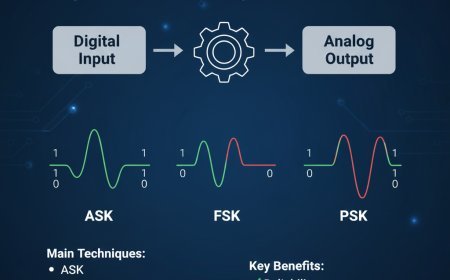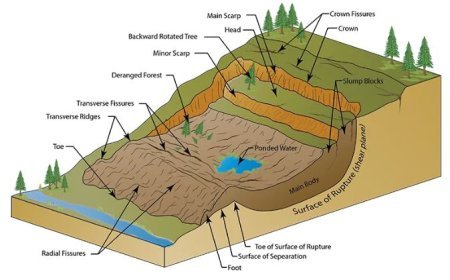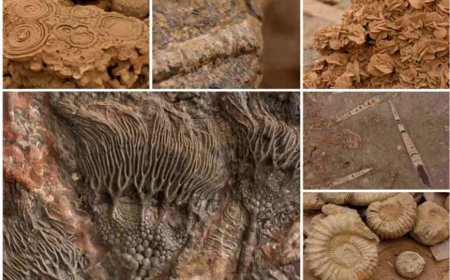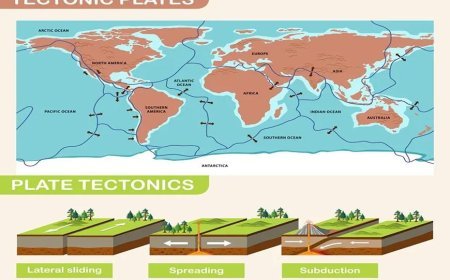SECCHI DISK
From Lakes to Oceans: Secchi Disk tracks water quality by measuring how far light can travel.
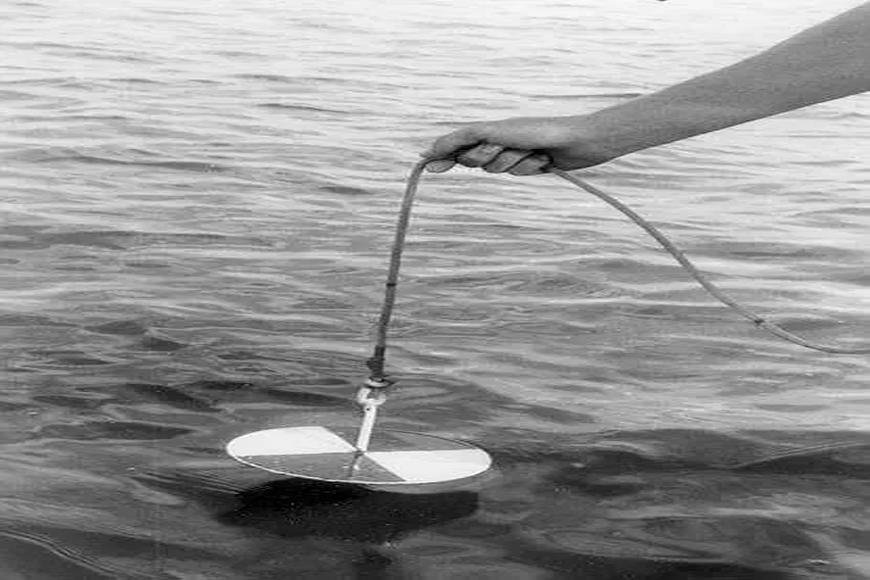
The Secchi Disk
- A Secchi disk is an 8-inch (20-cm) disk with black and white quadrants that alternate.
- It is dropped into a lake until it is no longer visible to the viewer.
- The Secchi depth, or depth of disappearance, is a measure of the transparency of the water.
- The color of the water, algae, and suspended sediments can all have an impact on transparency.
- Transparency diminishes with increasing color, suspended particles, or algae abundance.
- Decomposing plant waste frequently stains water yellow or brown.
- The brown stain can turn water in some lakes and ponds the color of strong tea.
- Algae are tiny, green aquatic plants whose abundance is proportional to plant nutrients, particularly phosphorus and nitrogen.
- The amount of plant nutrients entering the lake from sources such as sewage treatment facilities, septic tanks, and lawn and agriculture fertilizer can therefore alter transparency.
- Suspended sediments are frequently derived from sources such as lake bottom recovery, building sites, agricultural fields, and urban storm runoff.
- Transparency measures the influence of human activities on the area around the lake.
- Transparency patterns can be detected when measured seasonally and year-to-year.
- Transparency can serve as an early signal if land-based activities are having an impact on a lake.
What's Your Reaction?












